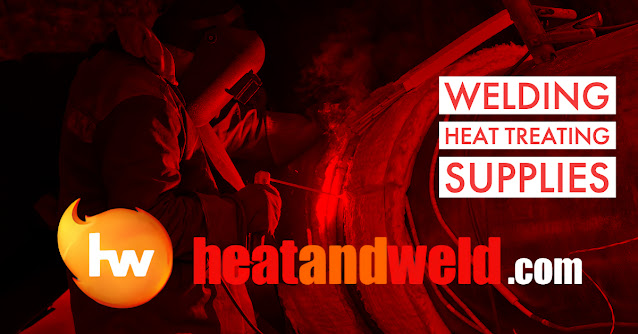This video explains how to set up the Eurotherm Temperature Controller on a Hotfoil-EHS Power Console in a Primary/Secondary relationship.
Understanding heating rate, soaking temperature, soaking time and cooling rate for PWHT (Post Weld Heat Treatment)
Post-weld heat treatment (PWHT) is a crucial step in the welding process, as it helps to mitigate the adverse effects of welding on the microstructure and mechanical properties of the welded components. The main objectives of PWHT are to reduce residual stresses, improve ductility, reduce the risk of stress corrosion cracking, and temper or soften the heat-affected zone (HAZ). The four key factors that influence the effectiveness of PWHT are heating rate, soaking temperature, soaking time, and cooling rate.
- Heating rate: The heating rate refers to the rate at which the temperature of the welded component increases to reach the desired soaking temperature. A controlled and uniform heating rate is essential to avoid the formation of undesirable temperature gradients within the material, which can lead to distortion and cracking. A slow, steady heating rate also ensures that the material undergoes sufficient thermal stress relief, reducing residual stresses and improving the mechanical properties.
- Soaking temperature: The soaking temperature is the target temperature at which the material stays during the heat treatment. The selection of an appropriate soaking temperature is vital, as it determines the extent of stress relief, the softening of the HAZ, and the overall improvement of mechanical properties. The soaking temperature is carefully chosen based on the material's composition, prior heat treatment, and the desired outcomes of the PWHT. Too high a temperature may cause grain coarsening and reduce the material's strength, while too low a temperature may not provide adequate stress relief or soften.
- Soaking time refers to the duration the material holds at the soaking temperature. The soaking time is critical for allowing sufficient time for the microstructural changes to occur, such as diffusion of hydrogen, precipitation of carbides, or tempering of martensite. Proper soaking time reduces residual stresses and improves ductility and the desired microstructural changes. Insufficient soaking time can lead to incomplete stress relief, while excessive soaking time may result in grain coarsening, which can adversely affect the material's mechanical properties.
- Cooling rate: The cooling rate is the rate at which the temperature of the material reduces after the completion of the soaking phase. The cooling rate significantly influences the material's final microstructure and mechanical properties. Controlled and uniform cooling is essential to prevent thermal gradients that could cause distortion or cracking. Different cooling rates may be required depending on the material and the desired outcome. Faster cooling may achieve a harder, more robust microstructure, while slower cooling rates can produce a more ductile, softer material.
In summary, the heating rate, soaking temperature, soaking time, and cooling rate are essential parameters requiring careful controlling during post-weld heat treatment. These factors determine the effectiveness of the heat treatment process in reducing residual stresses, improving ductility, reducing the risk of stress corrosion cracking, and achieving the desired microstructure and mechanical properties in the welded components.





